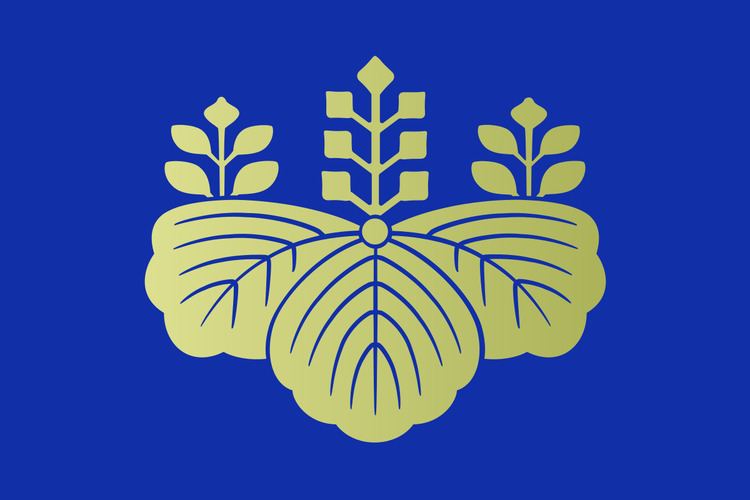Coronation 1045 Grandparents Emperor Ichijo Parents Emperor Go-Suzaku | Successor Go-Sanjo Role Sovereign Predecessor Go-Suzaku Name Emperor Go-Reizei Great-grandparents Emperor En'yu | |
 | ||
Died May 22, 1068, Kyoto, Kyoto Prefecture, Japan Similar People Fujiwara no Yorimichi, Emperor Go‑Kameyama, Emperor Murakami, Empress Go‑Sakuramachi | ||
Emperor Go-Reizei (後冷泉天皇, Go-Reizei-tennō, August 28, 1025 – May 22, 1068) was the 70th emperor of Japan, according to the traditional order of succession.
Contents
- Traditional narrative
- Events of Go Reizeis life
- Kugy
- Eras of Go Reizeis reign
- Empresses and consorts
- References
Go-Reizei's reign spanned the years 1045–1068.
This 11th century sovereign was named after the 10th century Emperor Reizei and go- (後), translates literally as "later;" and thus, he is sometimes called the "Later Emperor Reizei". The Japanese word "go" has also been translated to mean the "second one;" and in some older sources, this emperor may be identified as "Reizei, the second," or as "Reizei II."
Traditional narrative
Before his ascension to the Chrysanthemum Throne, his personal name (imina) was Chikahito-shinnō (親仁親王).
He was the eldest son of Emperor Go-Suzaku. His mother was Fujiwara no Kishi (藤原嬉子), formerly Naishi-no kami, daughter of Fujiwara no Michinaga.
Go-Reizei had three Empresses and no Imperial sons or daughters.
Events of Go-Reizei's life
The actual site of Go-Reizei's grave is known. This emperor is traditionally venerated at a memorial Shinto shrine (misasagi) at Kyoto.
The Imperial Household Agency designates this location as Go-Reizei's mausoleum. It is formally named Enkyo-ji no misasagi.
Go-Reizei is buried amongst the "Seven Imperial Tombs" at Ryoan-ji Temple in Kyoto.
The mound which commemorates the Hosokawa Emperor Go-Reizei is today named Shu-zan. The emperor's burial place would have been quite humble in the period after Go-Reizei died.
These tombs reached their present state as a result of the 19th century restoration of imperial sepulchers (misasagi) which were ordered by Emperor Meiji.
Kugyō
Kugyō (公卿) is a collective term for the very few most powerful men attached to the court of the Emperor of Japan in pre-Meiji eras. Even during those years in which the court's actual influence outside the palace walls was minimal, the hierarchic organization persisted.
In general, this elite group included only three to four men at a time. These were hereditary courtiers whose experience and background would have brought them to the pinnacle of a life's career. During Go-Reizei's reign, this apex of the Daijō-kan included:
Eras of Go-Reizei's reign
The years of Go-Reizei's reign are more specifically identified by more than one era name or nengō.
Empresses and consorts
Empress (kōgō): Fujiwara no Hiroko/Kanshi (藤原寛子) (1036–1127), eldest daughter of Fujiwara no Yorimichi (藤原頼通)
Empress (kōgō): Fujiwara no Kanshi (藤原歓子) (1021–1102), second daughter of Fujiwara no Norimichi (藤原教通)
Empress (chūgū): Imperial Princess Akiko/Shōshi (章子内親王) (1026–1105), first daughter of Emperor Go-Ichijō, thus his first cousin
